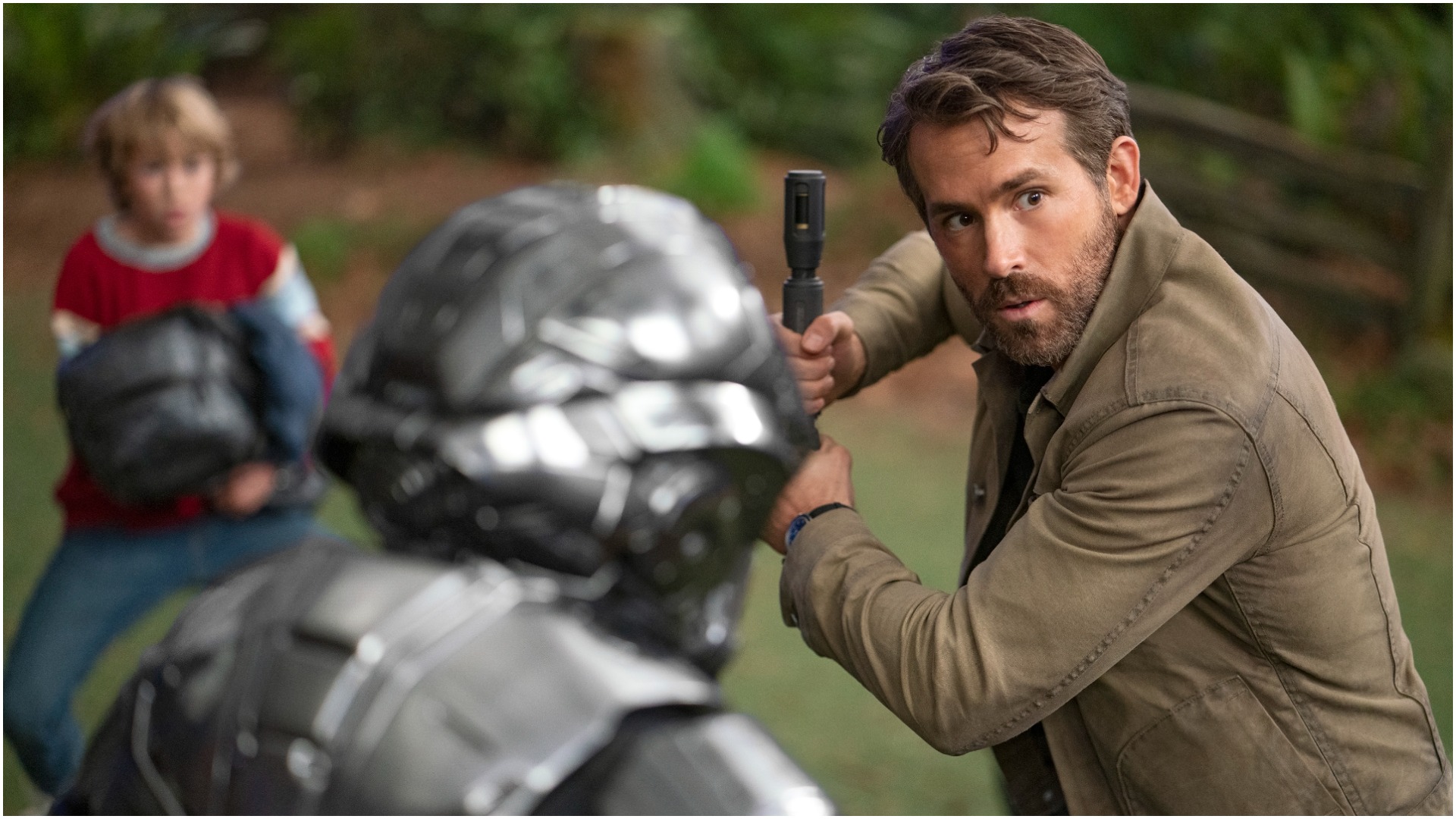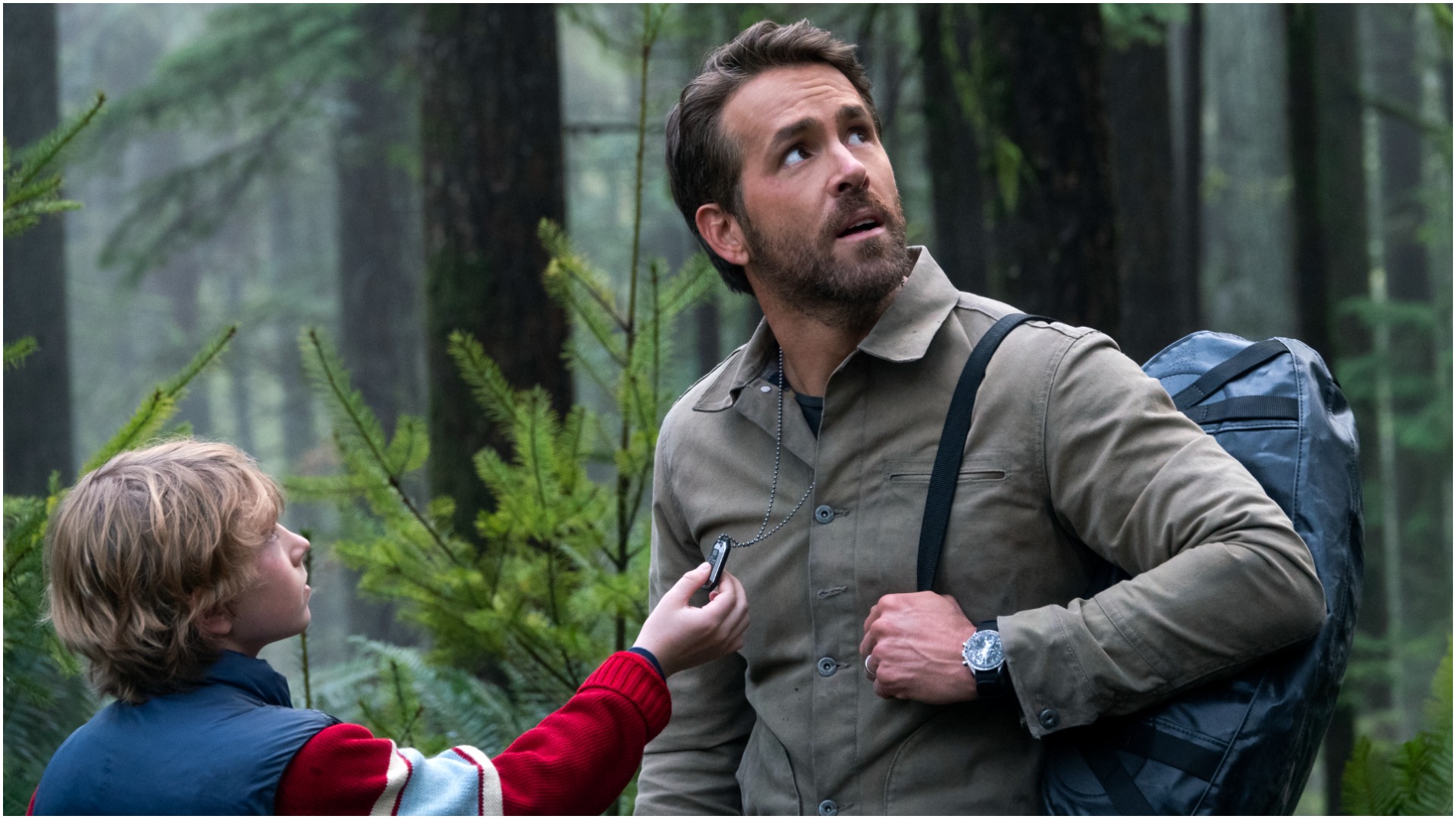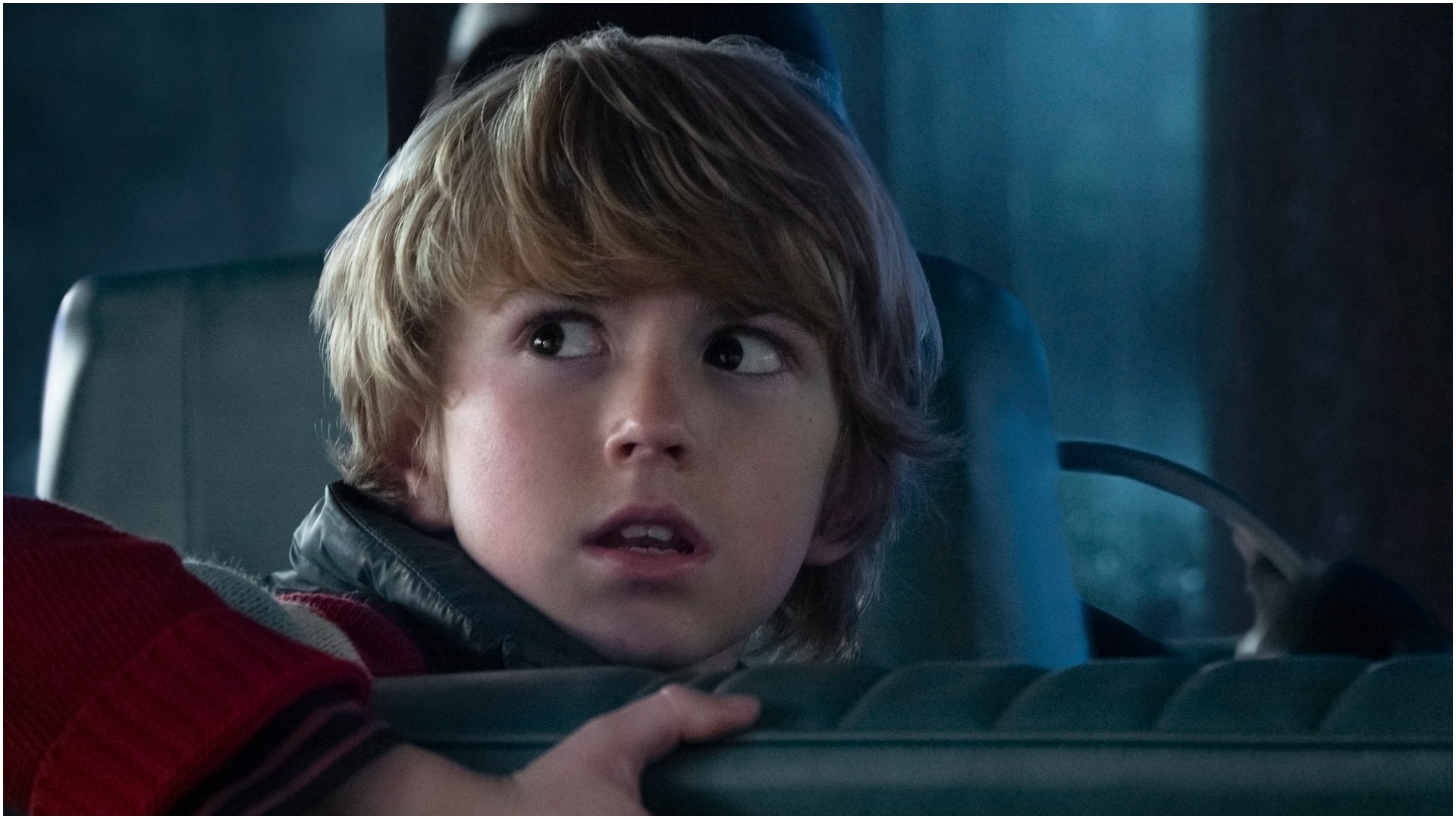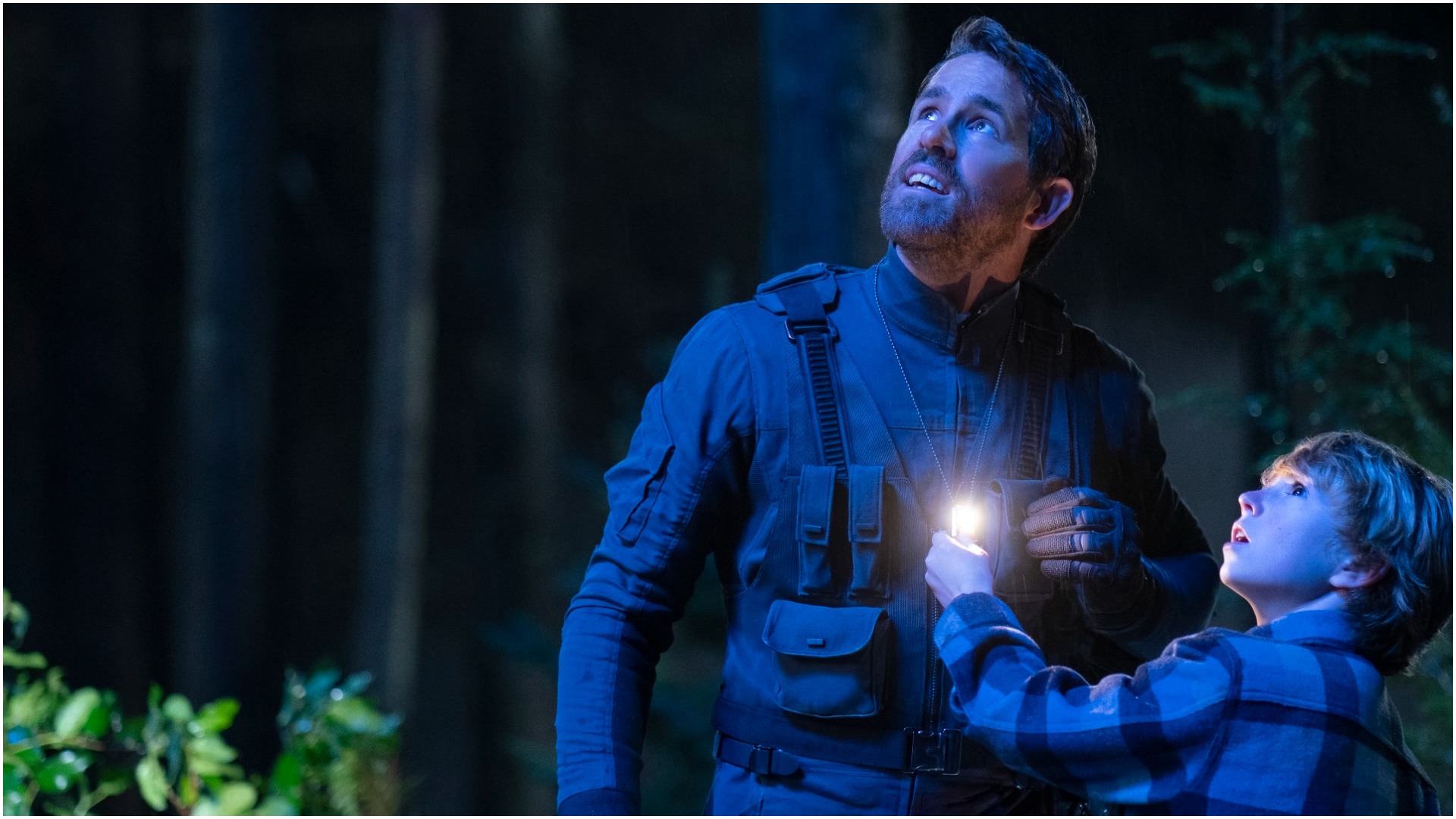How does time travel work in The Adam Project? We explain all
We break down just how Ryan Reynolds can go back in time in The Adam Project

The Adam Project is a sci-fi extravaganza, with enough timeline hopping to make your head spin. But how exactly does time travel work in the movie? The answer is actually fairly complicated.
The film sees Ryan Reynolds' Adam travel back in time on the trail of his missing wife, Laura (Zoe Saldaña). He ends up meeting his younger self (played by Walker Scobell), and eventually both Adams must go back in time again to find their late father, Louis (Mark Ruffalo), and get his help stopping the villainous Maya Sorian (Catherine Keener).
With all the sci-fi buzzwords being thrown around – magnetic particle accelerator, wormholes, and fixed time talk abounds – it can be hard to keep track of the logic behind everything that's going on. But that's where we come in. We've broken down exactly how time travel works in The Adam Project to explain all. Major spoilers ahead!
How does time travel work in The Adam Project?

The characters in the film use time jets – fancy planes, basically – to go back and forth in time. They fire a portal, and then the pilot can glide right through into the year of their choice.
But how did science get to that point? Well, that's all thanks to Adam's dad, Louis. As he explains to his sons, he theorized that "with a powerful enough pulse, we could generate utilitarian wormholes in space." Put simply, that's the portals.
To generate that pulse, though, a massive machine is needed. That's what the Adam Project is – a huge magnetic particle accelerator. It goes online in 2018, which eventually leads to time travel becoming a reality. The project is then destroyed in 2018, too, when the Adams go back to stop Sorian.
That's not all there is to it, though. There's also an algorithm developed by Louis to stabilize the worm holes: ISPCA (Infinitely Shifting Plasma Containing Algorithm). The equation is kept on a hard drive within the accelerator, and is the key to time travel. Once that's gone, so is the ability to travel along the timeline.
Bringing all the latest movie news, features, and reviews to your inbox
What does fixed time mean in The Adam Project?

You might be thinking a plot hole is opened up by Adam meeting his younger self, though. Since Big Adam has met himself as a child, shouldn't he remember everything that happens next, since it's technically already happened for him? Young Adam is experiencing everything at Big Adam's side, after all, which means Big Adam should have those same memories.
Luckily, though, there's an explanation for why that's not the case. As Big Adam explains, everyone has only one point in time where they belong on a quantum level – so, an anchor point on the timeline. It's only when a person returns to that point that their memories will change, so Big Adam won't have any recollection of his adventure from his younger self's point of view until he's back in 2050.
Can the timeline be changed in The Adam Project?

As for changing the timeline, The Adam Project is more Back to the Future than Avengers: Endgame in that regard. Anything that a time traveler does in the past can affect the future, which is why Sorian is just so dangerous. She goes back to give her past self tips on accumulating her fortune, and clears the way for her to gain control of time travel in 2050.
That means Sorian has changed the whole future already by the time the movie starts – and, as Adam tells his younger counterpart, 2050 is like The Terminator on a good day. So, very bad.
How much of that is down to Sorian is left to our imaginations, but we're betting she's not at all innocent. By destroying time travel in the past, though, the Adams and Louis have hopefully built a brighter future for everyone.
The Adam Project is streaming on Netflix now. If you're all caught up, check out our guide to The Adam Project ending explained for an even deeper dive on the movie, and see our guide to the best Netflix movies to plan your next movie marathon.

I'm the Deputy Entertainment Editor here at GamesRadar+, covering all things film and TV for the site's Total Film and SFX sections. I previously worked on the Disney magazines team at Immediate Media, and also wrote on the CBeebies, MEGA!, and Star Wars Galaxy titles after graduating with a BA in English.


